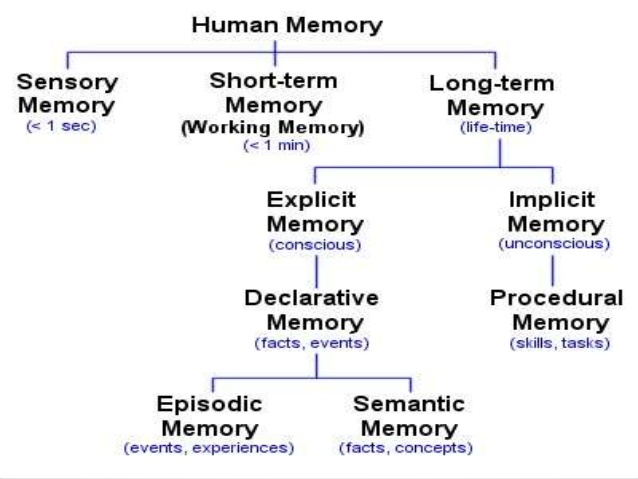User:Karina/capturing memories in time: Difference between revisions
No edit summary |
No edit summary |
||
| Line 1: | Line 1: | ||
__NOTOC__ | __NOTOC__ | ||
===19 APRIL=== | ===19 APRIL=== | ||
[https://pzwiki.wdka.nl/mediadesign/Karina/capturing_memory_in_time_draft | Methods Capturing Memory in Time draft] | |||
<br> | |||
<br> | |||
https://en.wikipedia.org/wiki/Method_of_loci | https://en.wikipedia.org/wiki/Method_of_loci | ||
<br> | <br> | ||
Revision as of 20:41, 30 April 2017
19 APRIL
| Methods Capturing Memory in Time draft
https://en.wikipedia.org/wiki/Method_of_loci
18 APRIL
https://www.simplypsychology.org/memory.html


21 FEBRUARY
William J. Friedman - the strength model vs the inference model talk about long term / short term memory and how it is prioritised, how it fades, but also how there is no difference
Lauren Slater - Opening Skinner’s Box (chapter 9 - Memory Inc.)
- Scoville’s discovery of the role of the hippocampus by operating on Henry M.
- Milner’s distinction of procedural memory, which further led to the distinction of semantic and declarative memory
- Eric Kandel’s interest in H.M. and alternative further research on sea slugs (bigger neurons) altered Skinner’s and Pavlov’s “learning theory” into “memory”
27 JANUARY
https://www.netflix.com/watch/80049951?trackId=13772707&tctx=5%2C1%2C972f973e-82c9-4ca3-85a3-f7bb6fa0395d-50649825
Skip to 27:00
8 JANUARY
Opening Skinner's Box by Lauren Slater
Chapel 8: Lost in the Mail: The False Memory Experiment (pages 182-204)
Chapel 9: Memory Inc.: Eric Kandel's Sea Slug Experiment (pages 205-223)
hippocampus stores memory

